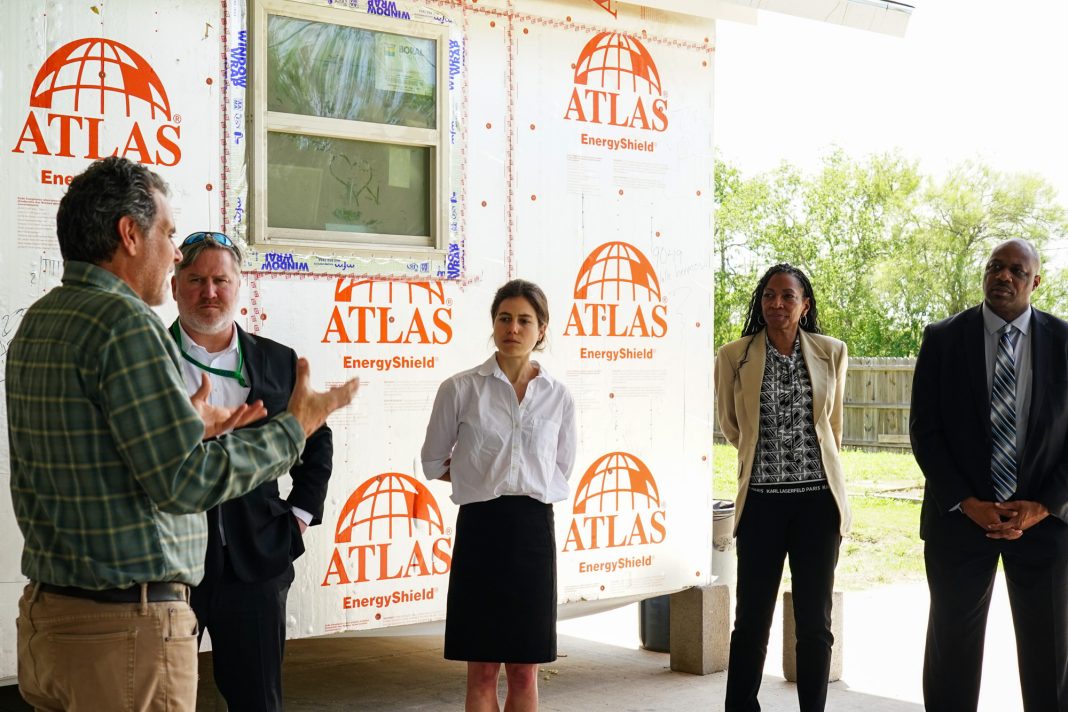Fifteen representatives from the U.S. Department of Energy barnstormed through the Rio Grande Valley Wednesday and Thursday spreading the word about billions of dollars in federal funds newly available to help communities benefit in the course of the nation’s transition to clean energy.
The $100 billion comes from the Infrastructure Investment and Jobs Act, also known as the Bipartisan Infrastructure, signed into law by President Joe Biden in November 2021, and the Inflation Reduction Act, which he signed into law in August 2022.
Leading the visit by DOE officials was Shalanda H. Baker, director of the Office of Economic Impact and Diversity and secretary advisor on equity for the agency. Speaking at the Brownsville Event Center Thursday morning, Baker dubbed the workshop tour as the “Energy Justice to the People Road Show.”
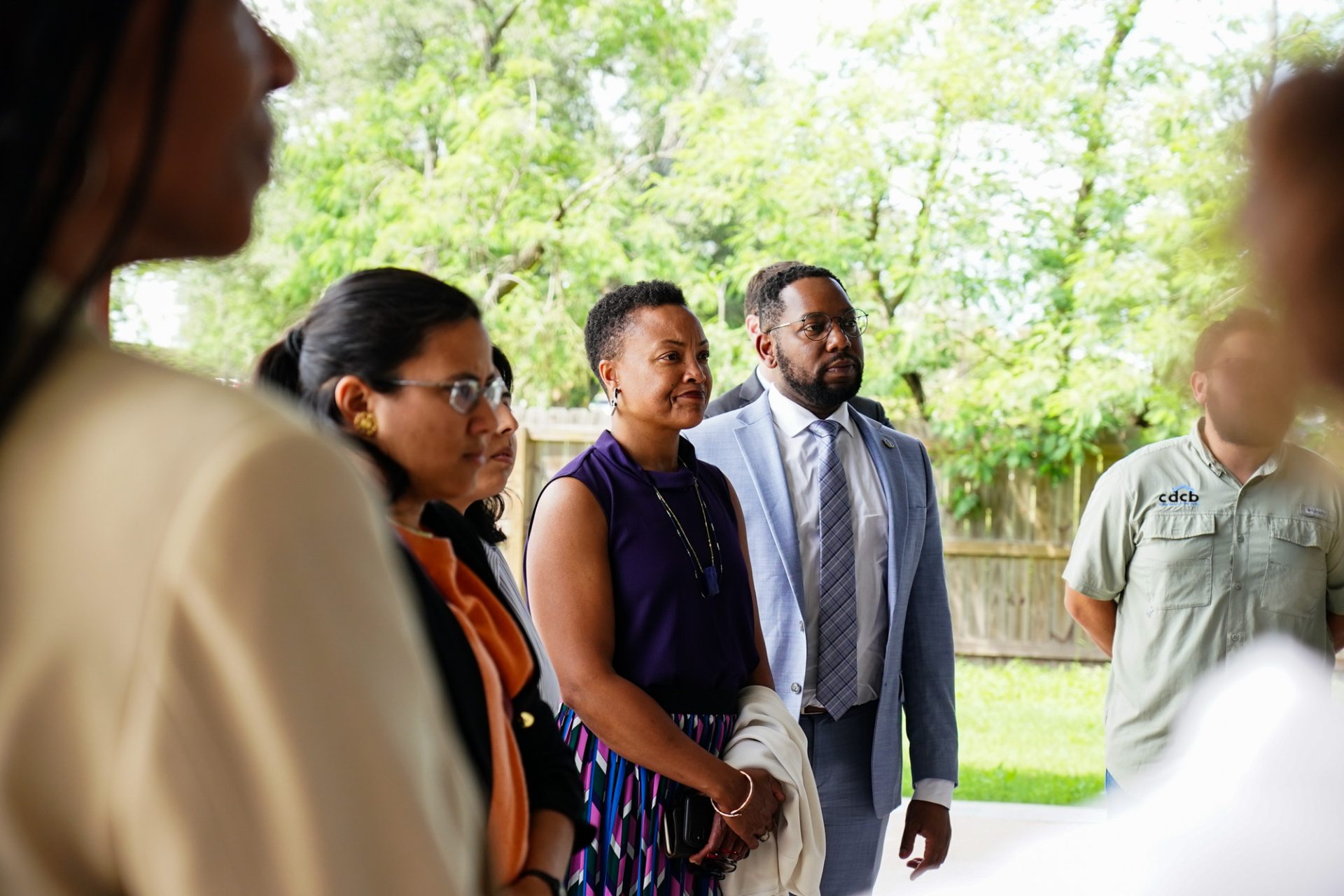
The first stop was the University of Texas Rio Grande Valley campus in Edinburg on Wednesday, followed by an event in Alamo that afternoon. The Alamo stop also included a colonia tour.
A second session took place in Brownsville Thursday on the UTRGV campus.
Some members of the DOE delegation also visited “The Farm,” the modular housing build site in Los Fresnos run by Come Dream Come Build, formerly the Community Development Corporation of Brownsville, for its MiCASiTA housing initiative.
Each DOE event was attended by leaders and representatives from business, education and community groups, as well as elected officials and others in positions of local government.
Baker said the White House and the agency want to ensure that communities historically passed over when decisions are being made and checks cut — often the case in the Valley — actually benefit from the massive investments in clean energy coming over the next five to 10 years, and that those communities know how to apply for money for eligible programs and projects.
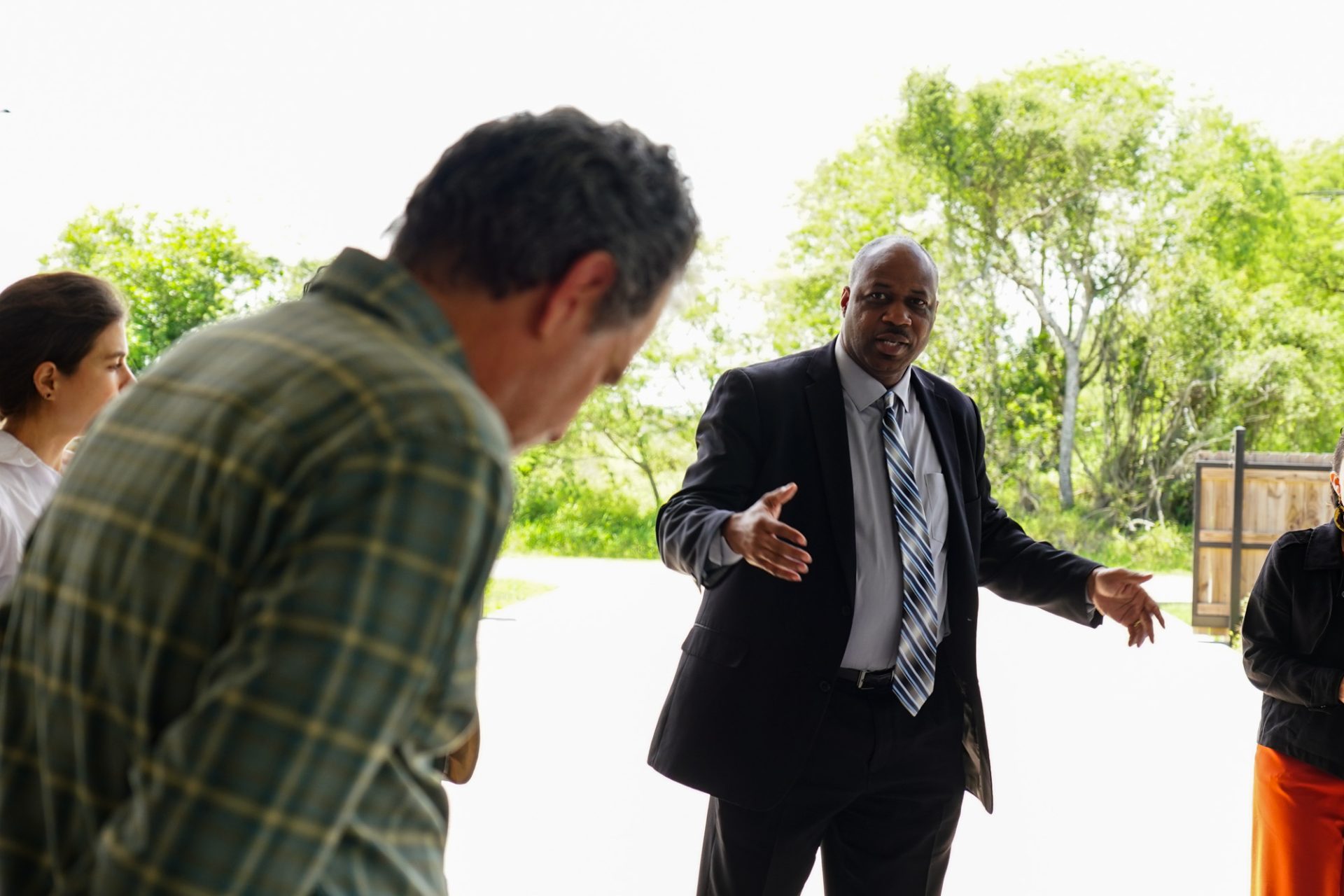
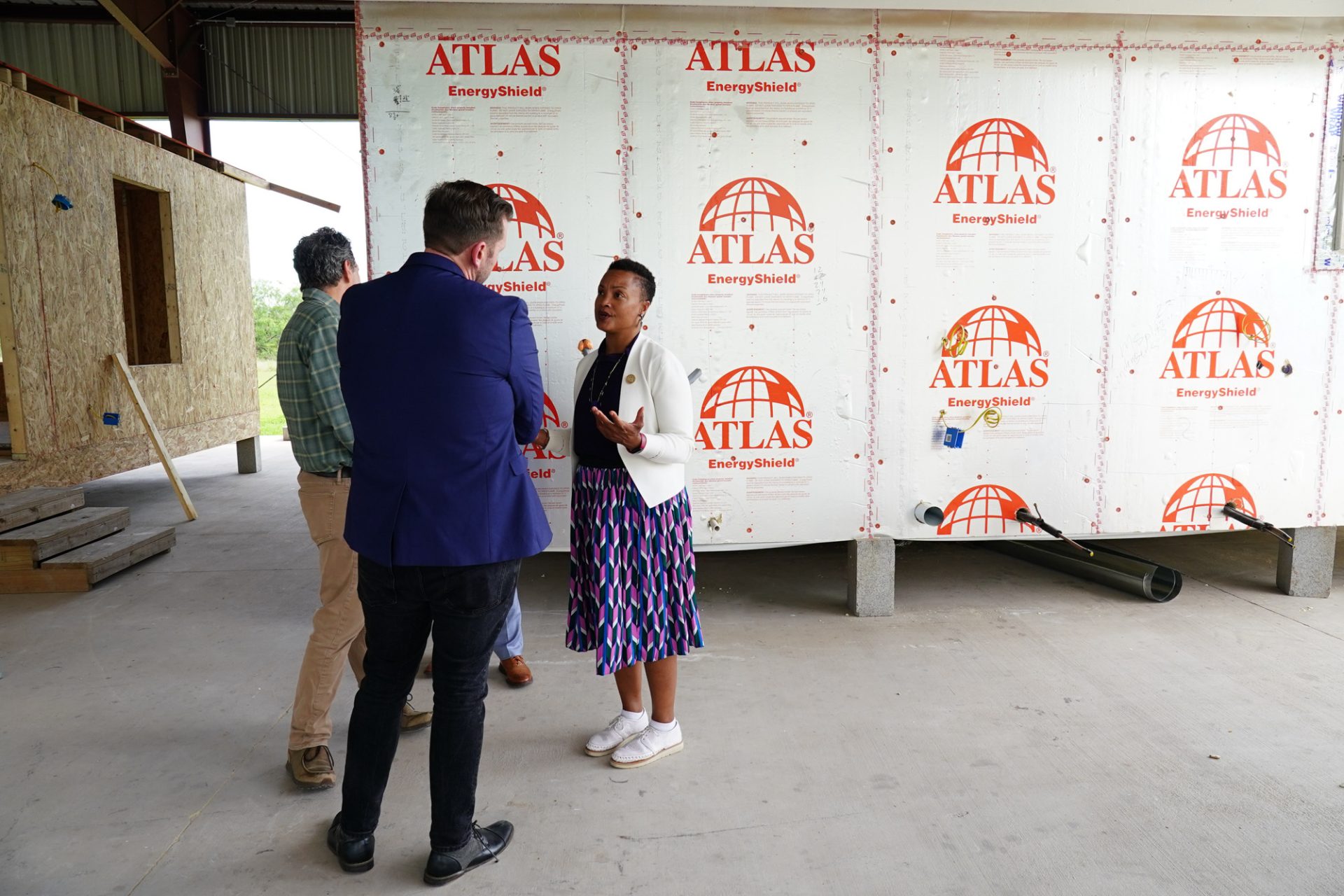
The official name of the initiative is Justice40, set in motion under a Biden executive order and establishing a goal that 40 percent of overall benefits of related federal investments, in areas such as climate change, clean energy and energy efficiency, clean energy and affordable and sustainable housing, flow to disadvantaged communities, Baker said.
Other areas covered by Justice40 are training and workforce development, remediation and reduction of legacy pollution, and critical clean water and waste infrastructure.
Justice40 is focused on undoing the harm past federal policies have inflicted on some communities — routing interstate highways through Hispanic and Black neighborhoods in the 1950s and 1960s for instance, Baker said.
“Just as those policies that created all of this injustice in our country … our efforts to undo the harm must also be intentional,” she said.
Another priority of Justice40 is to avoid further harming communities on the front lines of the climate crisis, including those along the Texas coast, which contains a huge portion of the country’s energy infrastructure and are vulnerable to weather extremes caused by climate change.
The visiting DOE officials also specifically highlighted agency programs targeted by the $100 billion — energy-efficiency upgrades, appliance rebates, community solar development, electrical grid infrastructure, and carbon capture and sequestration and the like.
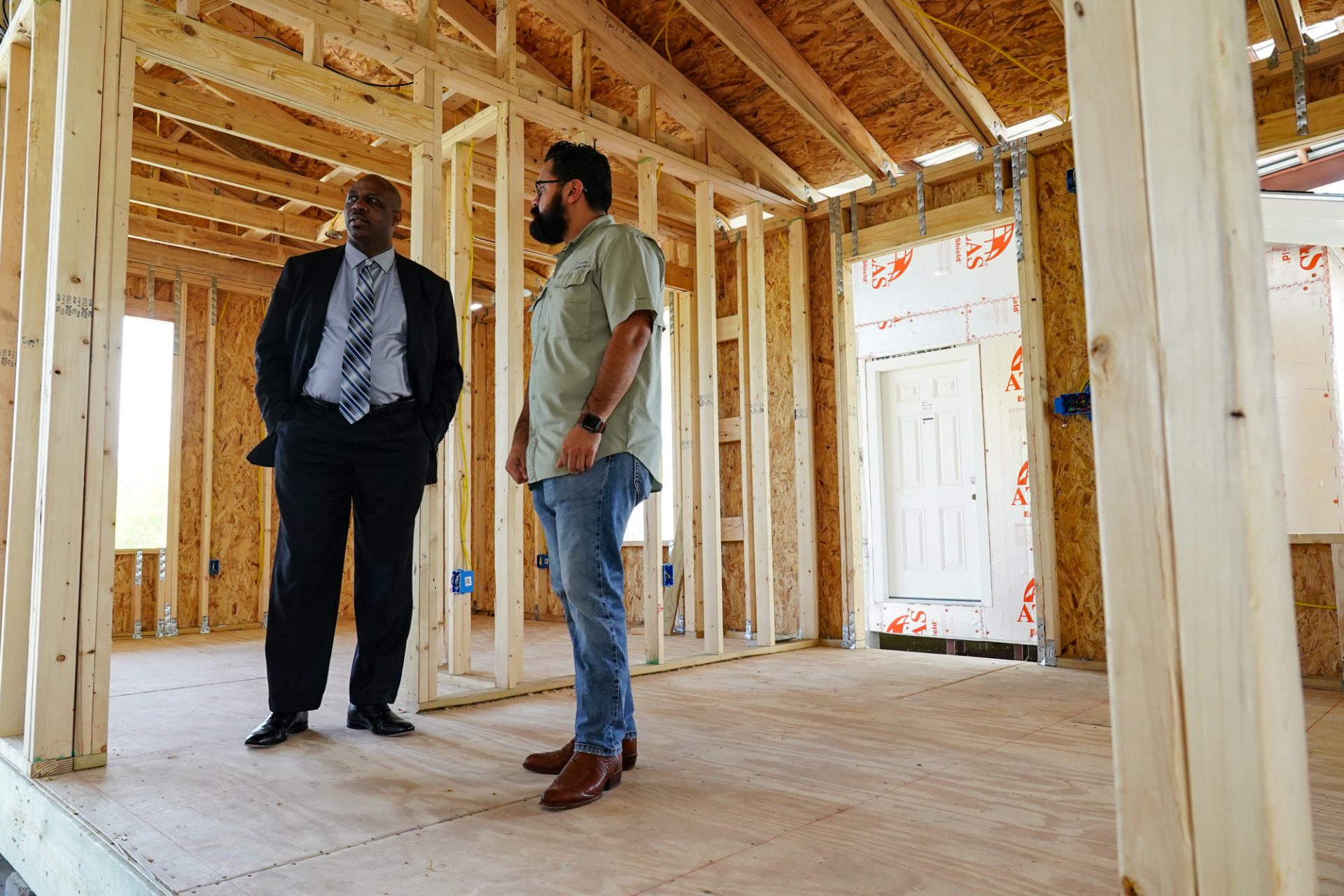

Baker said accountability is also a feature of Justice40 and that every applicant for funding “now has to show receipts, commitments to community and labor engagement … diversity, equity, inclusion and accessibility,” something she said DOE has never done before. Meanwhile, community-benefits plans have been built into every DOE funding opportunity, Baker said.
“We are … taking a historic approach to our programs,” she said. “We’ve rewired the entire agency.”
Brownsville District 1 City Commission Nurith Galonsky, who introduced Baker at the start of the Brownsville morning workshop, said she liked what she heard from the DOE official.
“For me personally, the fact that they’re here says a lot,” Galonsky said. “It means we’re finally get the attention that we deserve. Often times we’re overlooked because we don’t have as much population as the bigger cities. … The fact that they’re here and they’re promoting it in the Valley makes me think we have an edge on applying for these grants and actually maybe being awarded them.”

